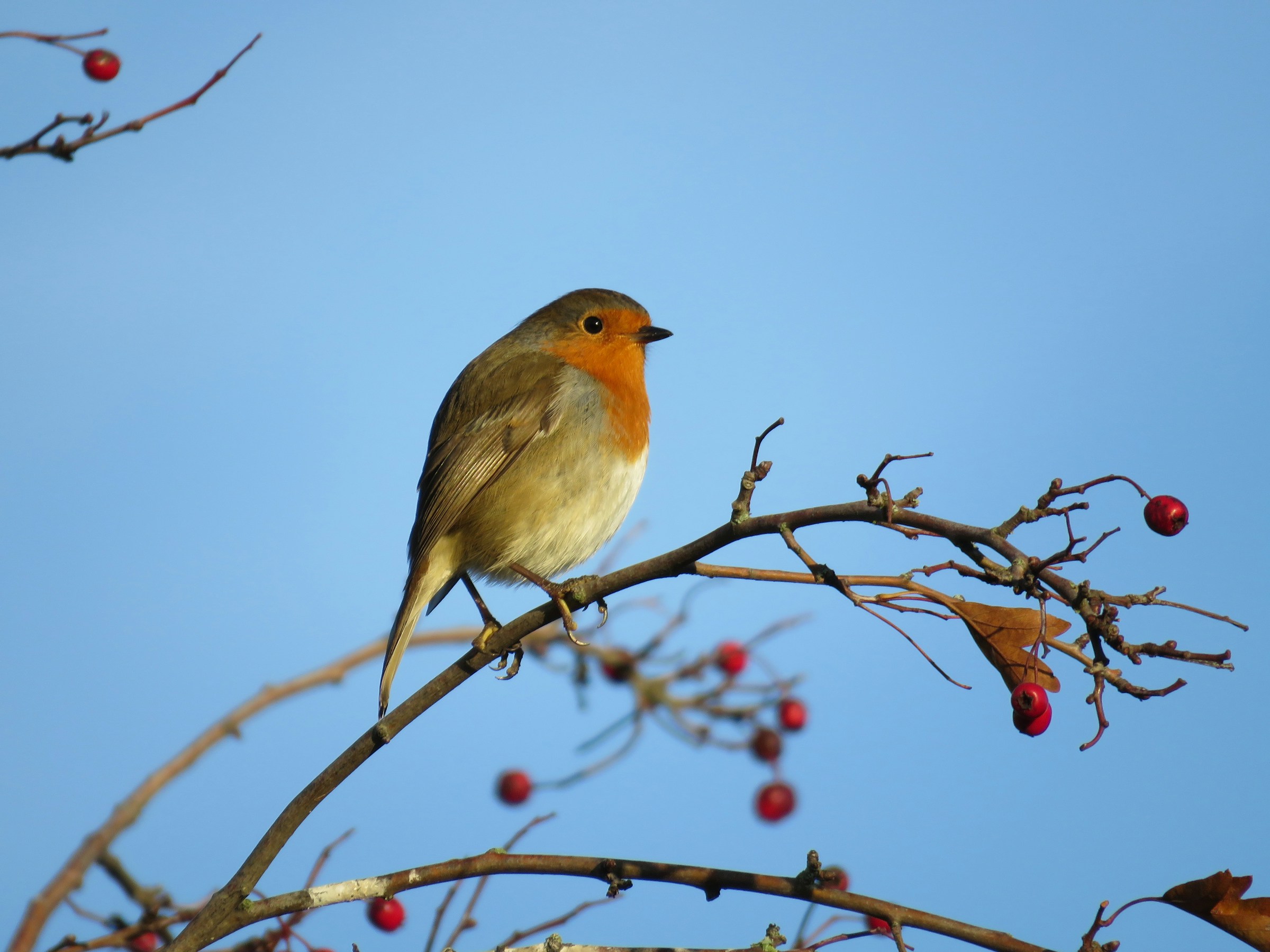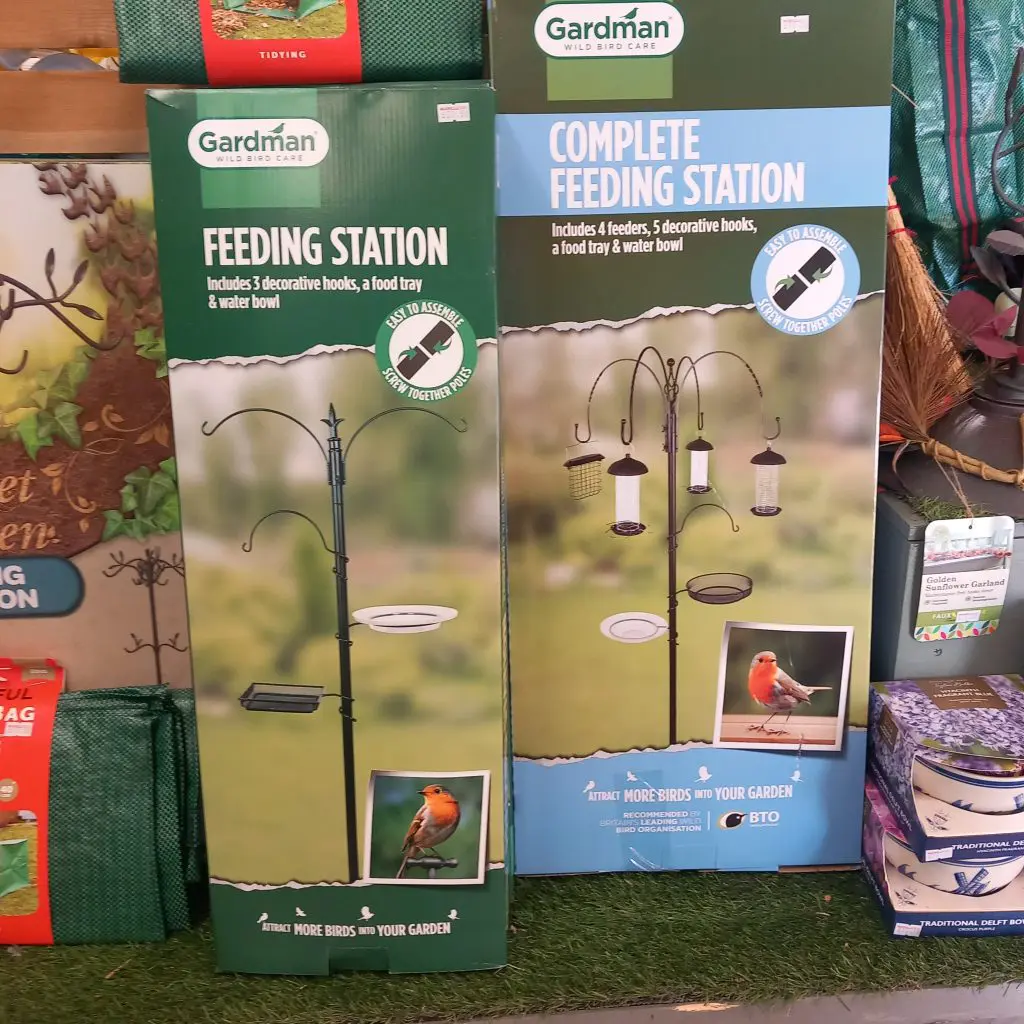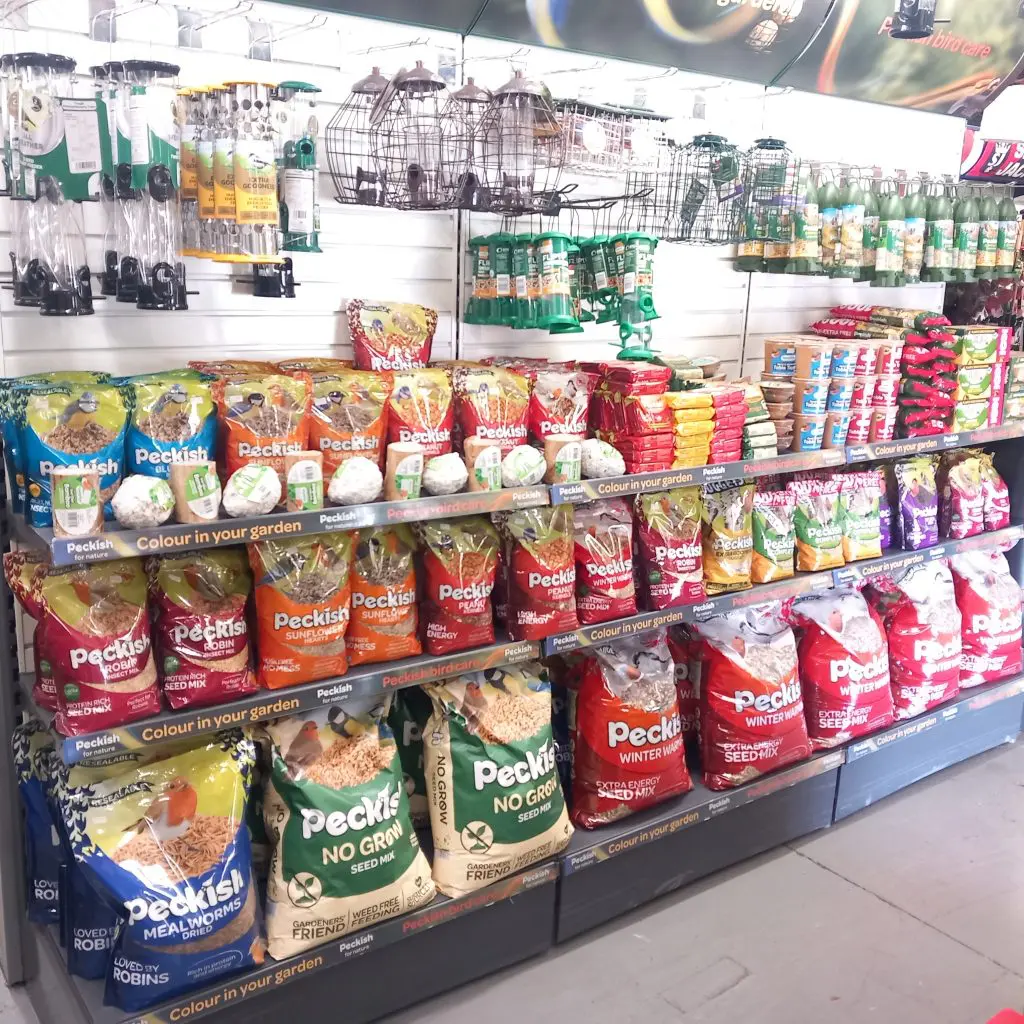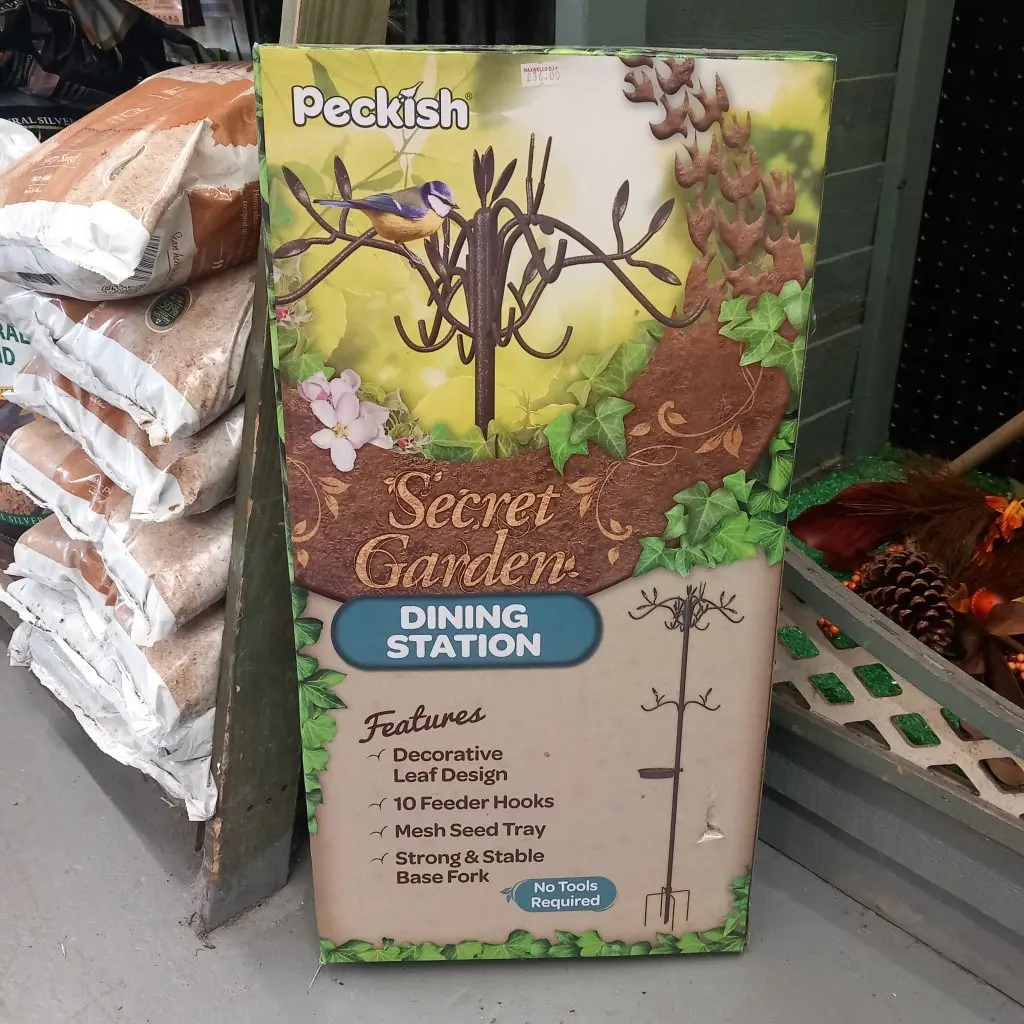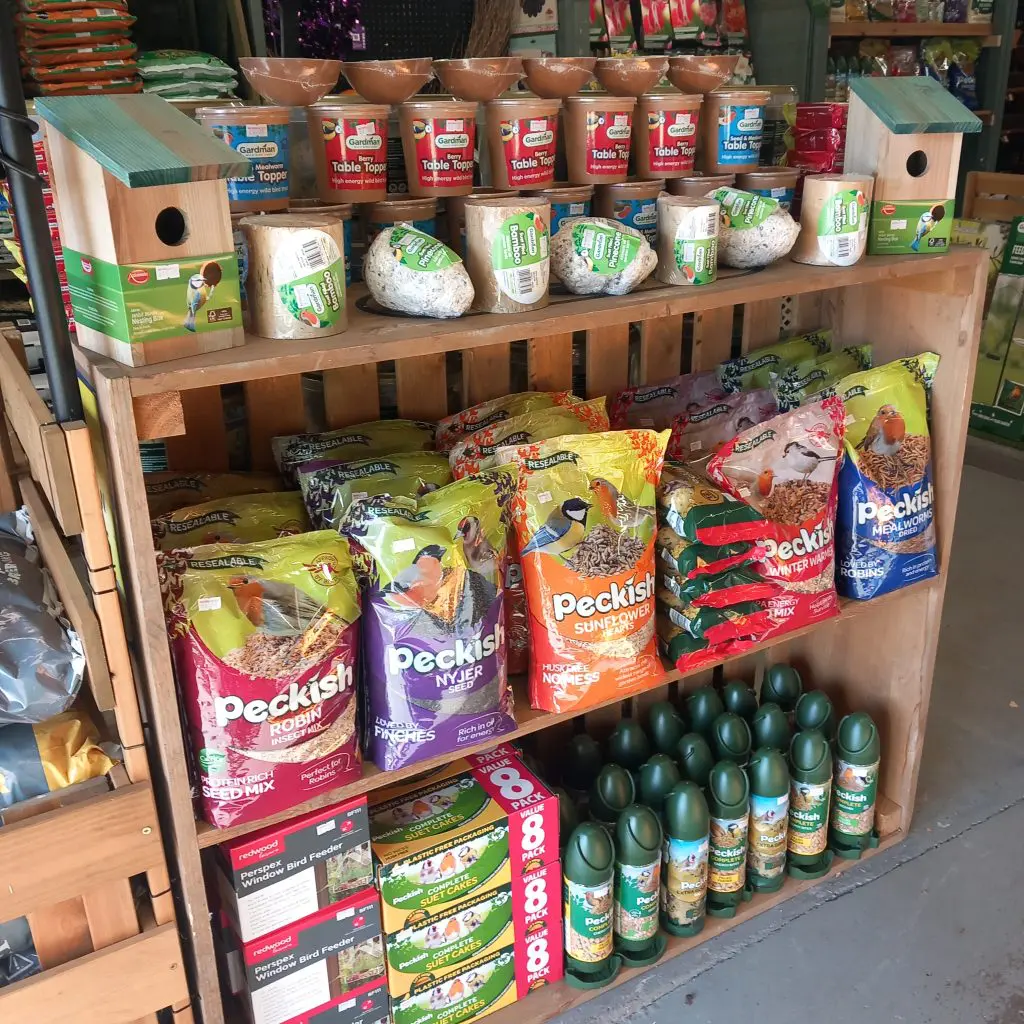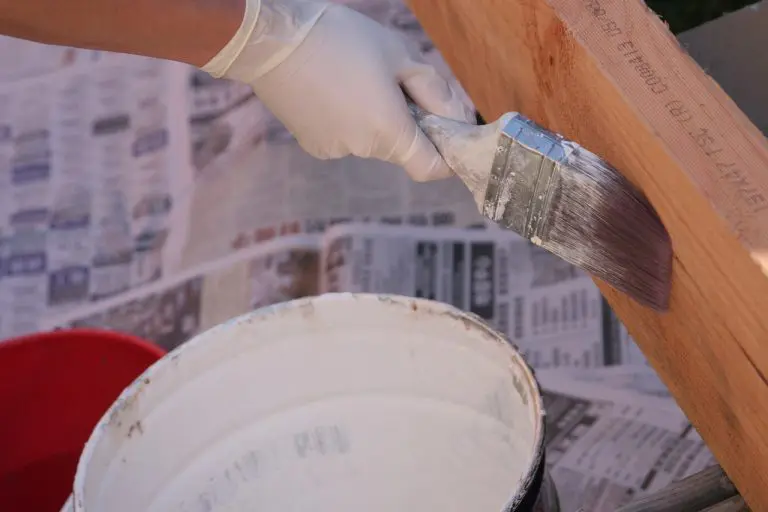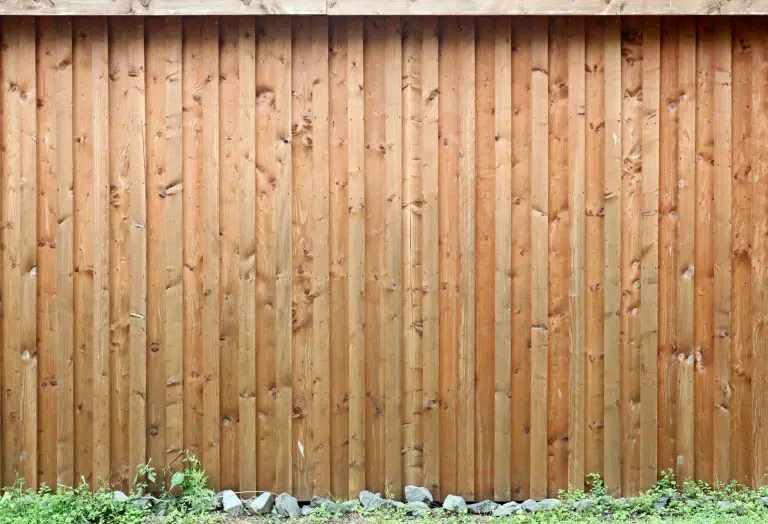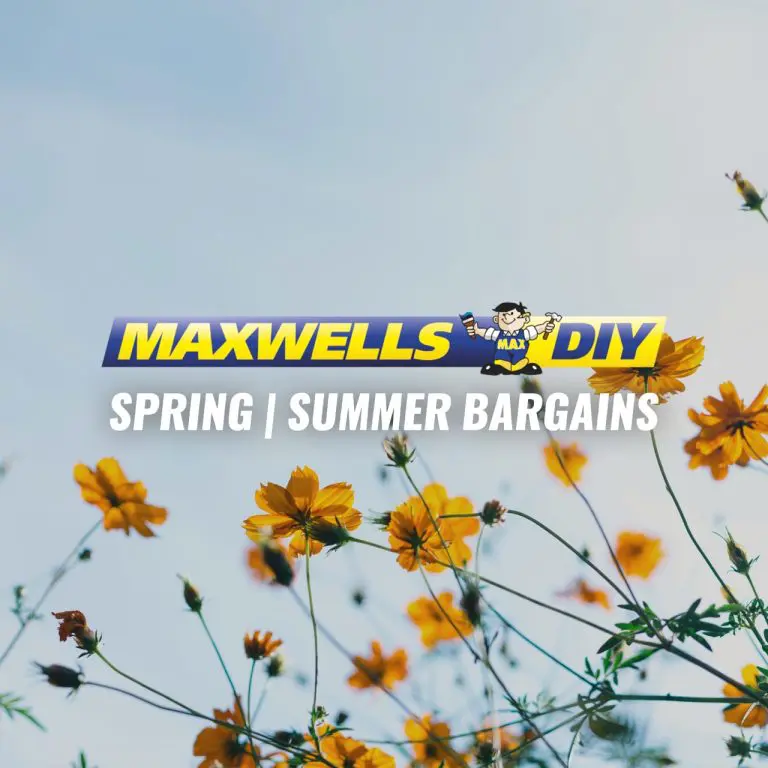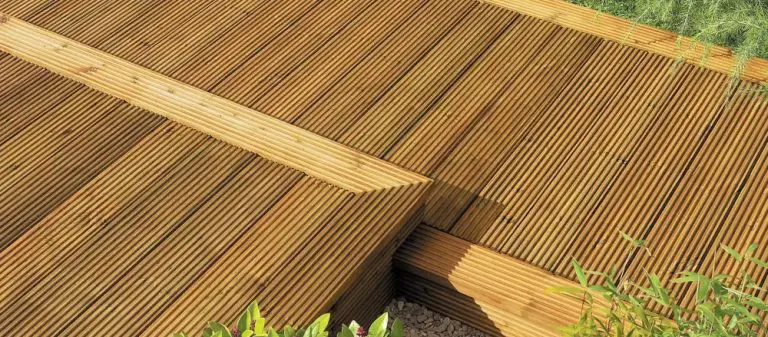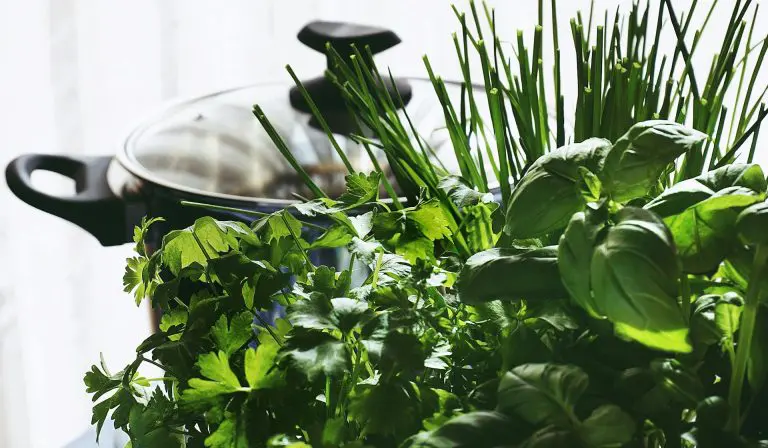How To Attract Birds To Your Garden
There’s something quite magical, isn’t there, about seeing a wild bird just stop by your garden? It feels like a visit from a good friend, albeit one who doesn’t stop for tea. And if you’ve ever wanted to invite more feathered friends to your patch of green, you’re not alone. So many people (me included) find themselves wishing they could look out their window and see a flurry of birds flitting about, adding life to their outdoor space.
Here’s the thing – it doesn’t actually take much to start turning your garden into a wildlife haven, especially if you’re aiming to bring in birds. There’s no need for anything too fancy or engineered – in fact, keeping things natural is often what works best. Birds, like us, tend to appreciate a nice place to perch, some good food, a bit of shelter, and the occasional bath. Think of it as creating a little paradise, one that’s as enticing for them as it is for you.
1. Food First – The Simple Way
One of the easiest ways to get birds interested is food. Now, it’s not just about hanging any old feeder and calling it a day. No, they’re a bit more discerning than that. Different birds like different kinds of food, which I found out by trial and error, to be honest. For example, tits and sparrows are mad for sunflower seeds, while blackbirds and robins go more for fruits and mealworms. You might start by putting out a little variety – maybe a seed mix with some fat balls, and a dish of chopped apples or raisins if you have robins around.
And yes, it’s true that some birds are fussy, but that’s part of the charm, right? There’s something oddly satisfying about finding that perfect mix that brings in just the right feathered guest. But don’t stress over getting it exactly right from the start. In fact, if you’re anything like me, you might find you enjoy experimenting – seeing which food brings in the bold ones, which attracts the shy little visitors who take their time before hopping onto the feeder.
Premium seed mixes, suet, mealworms, feeders and more at Maxwells DIY
2. Water, Water Everywhere (Or Just in a Little Bird Bath)
Here’s something I didn’t think of right away: water is as much of a draw as food. Birds love a good splash about, especially in warmer weather, so having a bird bath or even a shallow dish of water can be a real game-changer. I started with just an old ceramic dish and, to my surprise, it became a hotspot for birds who seemed more interested in bathing than eating.
You’ll want to change the water regularly, though. Birds aren’t fans of murky water, and honestly, a clean bird bath just looks nicer in the garden. If you’ve got the space, a couple of different water sources at varying heights can make your garden even more inviting. It’s like setting up a little spa – some birds will love it and become regulars, others will just pop in once, but either way, you’ve got something that’s bound to appeal.
3. Shelter from the Storm (And the Neighbourhood Cats)
If there’s one thing that can make or break a bird-friendly garden, it’s shelter. Birds need safe spots to hide from predators, and if you’ve got cats around (or the neighbours do), this becomes even more important. Trees and hedges are ideal, of course, and a thick bush can work wonders if you’re lacking space for a full-blown tree. Personally, I’ve got a mix – a few evergreens, some climbing ivy, and a pile of sticks in the corner that, to be honest, looks a bit like a mess to some, but the birds seem to love it.
Even if your garden isn’t a sprawling forest, having a few dense spots where birds can tuck themselves away makes all the difference. Some folks put up bird boxes too, though in my experience, they’re a bit hit or miss. Sometimes the birds just ignore them, and then one year you’ll look out and realise a whole family of blue tits has moved in without a word. Patience and a bit of luck seem to be key with these.
4. Native Plants – Because Birds Know What’s Good
Here’s a bit of wisdom I picked up along the way: native plants are like the secret ingredient for attracting birds. These plants bring in native insects, which – surprise, surprise – the birds love to munch on. If you’re not quite sure where to start, just go for what you’d see in the countryside around you. Hawthorn, elderberry, and even nettles can be surprisingly useful (nettles, believe it or not, bring in insects like you wouldn’t believe).
It doesn’t need to be a grand redesign of your garden either. Even just a couple of native plants tucked into the corners can help. Plus, they’re usually better suited to the local soil and weather, so you’re saving yourself a bit of trouble with upkeep too. That’s a win in my book!
5. Embrace a Bit of Mess
Now, this might not be for everyone, but if you’re truly keen on attracting wildlife, a bit of “untidiness” can go a long way. Leaving some leaves around, a few seed heads on your plants, or a patch of long grass can create a more natural environment that birds actually prefer. I know it’s tempting to keep everything neat, but honestly, nature doesn’t do neat.
I’ve got a corner of the garden that’s a bit wilder, and sure, it’s not going to win any landscaping awards, but the birds don’t seem to mind. If anything, they flock to that spot because it feels safe and offers a nice mix of food and shelter.
Final Thoughts – Patience and a Bit of Joy
If there’s one thing to remember, it’s that creating a bird-friendly garden isn’t an instant thing. Birds are creatures of habit, and it can take a while for them to see your garden as a reliable spot. But bit by bit, you’ll likely see more signs of life – a chirp here, a flurry there, until one day you’ll realise your garden has its own little community.
In the end, attracting birds to your garden is as much about enjoying the process as it is about seeing the results. You’ll start to appreciate the little details – the quiet moments, the small successes, and maybe even the occasional garden “mess” – knowing it’s all part of creating a space that wildlife can call home.

